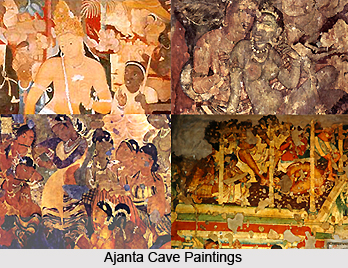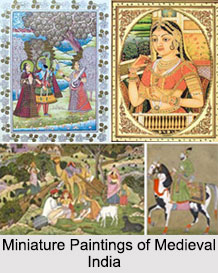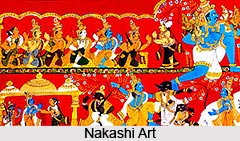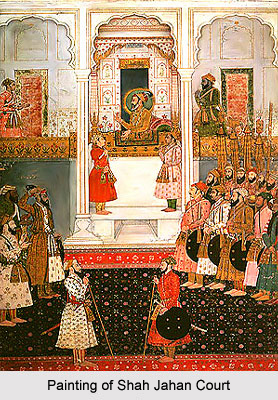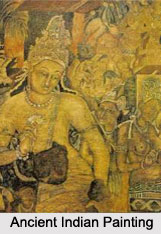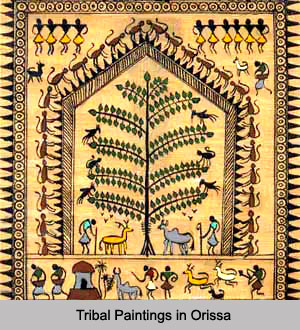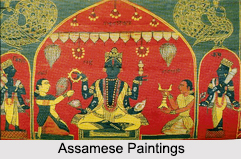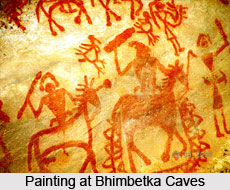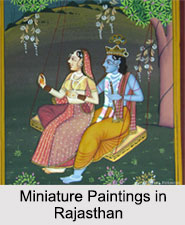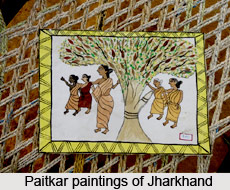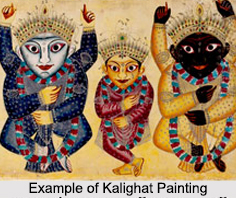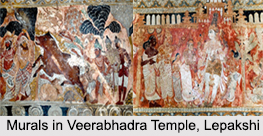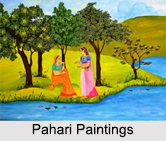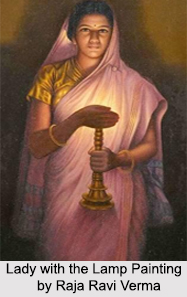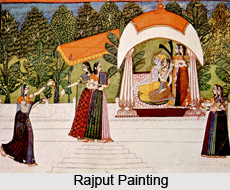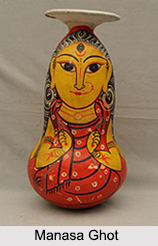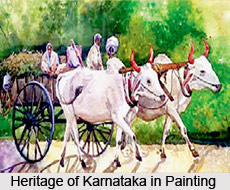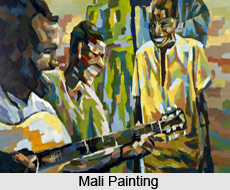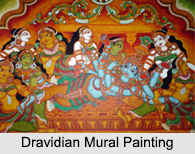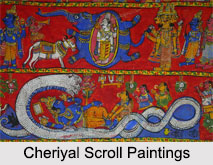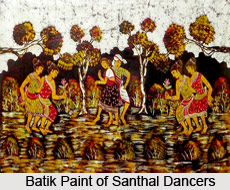 Batik painting happens to be an ancient and gorgeous art form usually done on silk fabrics and cotton. Use of dual, single and multi-coloured vegetable dyes makes the final Batik product look beautiful, attractive and eye catching. The entire Batik painting involves three main processes, namely dying, waxing and de-waxing.
Batik painting happens to be an ancient and gorgeous art form usually done on silk fabrics and cotton. Use of dual, single and multi-coloured vegetable dyes makes the final Batik product look beautiful, attractive and eye catching. The entire Batik painting involves three main processes, namely dying, waxing and de-waxing.
Paintings, Murals, wall hangings, household linen, and scarves are precious possessions of any household in India. Batik prints of West Bengal, Tamil Nadu and Orissa are known for their creativity, originality, fineness and uniqueness. Batik is a process of making images on the cotton cloth using wax resist technique.
Batik plainly means `wax writing` and is a local form of art in India and dates back to 2000 years. Wax resists and Rice starch were used for printing. This technique is no longer practised so frequently in India due to tedious process of waxing and de-waxing. It was kept alive as a hobby by the aristocratic ladies and revived in 20th century. The artists of batik paintings possess a good sense of patterns and colours. The motifs used in batik are usually simple. The characteristic batik effect is created by cracking of wax on the lighter hues and seeping in of the darker colours though them.
The process actually include giving cotton cloth a methodical washing and to remove the starch. The next process includes drying, ironing and stretching on a wooden frame. The second step includes making of rough charcoal sketch that serves as a proper guide for painting. The batik painting gradually develops with each coat of waxing.
The third process is very lengthy which includes applying of wax which acts as a dyeing agent in the process. Wax is actually a melted mixture of resin, paraffin and yellow beeswax and is poured into a brass shaped pen known as Tjanting. The Tjanting is actually a brass pen shaped in like a small cup with double or single spout. This pen is used helpful in colouring the space where the painter does not want the colour to appear. This process is actually quite tiresome. Once it is done, the artist colours the area with dye. After the area is properly coloured and dried, the fabric is gently washed with special liquid and followed by lukewarm water. This process of dying, waxing and de-waxing is repeated many times till the entire design of batik or fabric has been completed. Ideally, this process should begin with light colours and end with dark colours.
The wax piece is washed in boiling water, after the painter completes the process. This process is actually repeated often till all the wax has been removed from fabric. This can be followed by application of colours or dyes to the painting using a brush. In case of very large areas, the cloth is removed from the frame and dipped in a basin of dye.
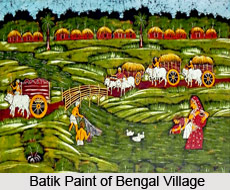 During the final stage of batik painting there are some essential steps that are followed which includes removal of wax residue and fixing of colours, immersing the cloth into boiling water with a small amount of detergent. The cloth is then rinsed in cold water after which the entire finished painting is dipped in a diluted liquid of sulphuric acid to give it a permanent colour. There are several handmade batik tapestries are made of various kinds of hand woven threads to give it a specific quality. Batik painting is three dimensional and possesses features of depth and textures making the fabric look beautiful and attractive.
During the final stage of batik painting there are some essential steps that are followed which includes removal of wax residue and fixing of colours, immersing the cloth into boiling water with a small amount of detergent. The cloth is then rinsed in cold water after which the entire finished painting is dipped in a diluted liquid of sulphuric acid to give it a permanent colour. There are several handmade batik tapestries are made of various kinds of hand woven threads to give it a specific quality. Batik painting is three dimensional and possesses features of depth and textures making the fabric look beautiful and attractive.
Mostly it is seen that batik painting is done on wall hanging, saris, cushion covers, shawls etc. each of these are beautiful and attractive to enhance the room in which they are placed. Paintings are available in numerous handloom stores, boutique and art exhibition across the country.
